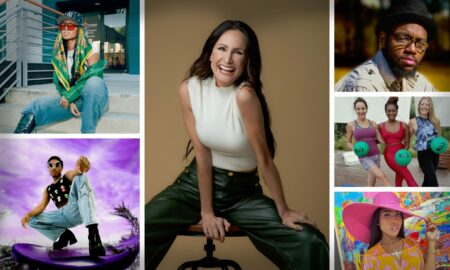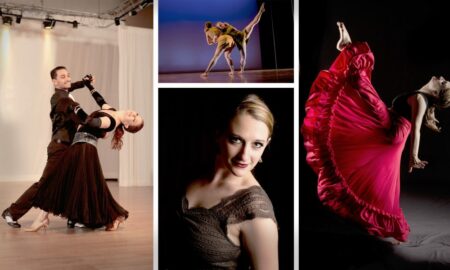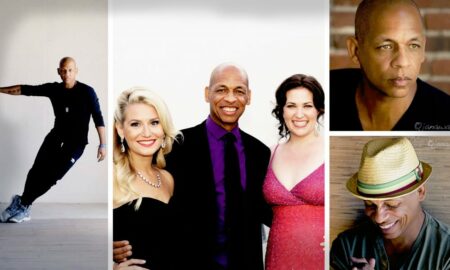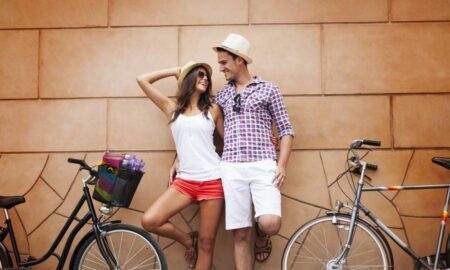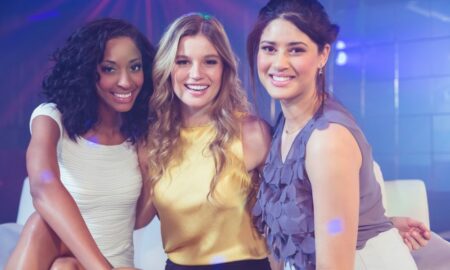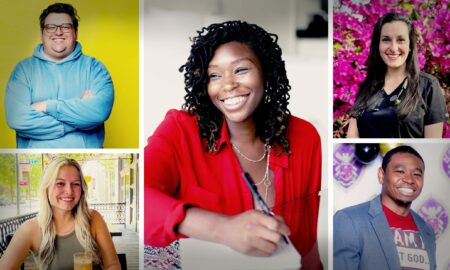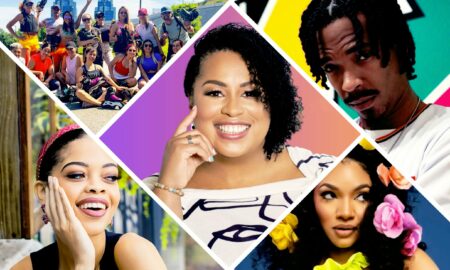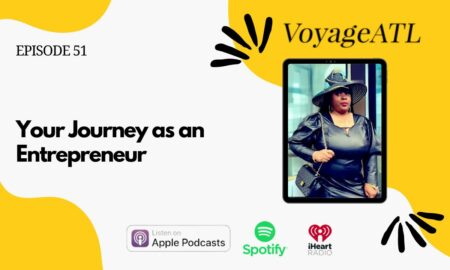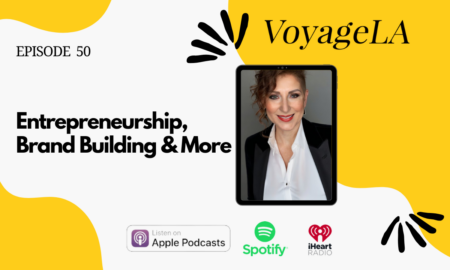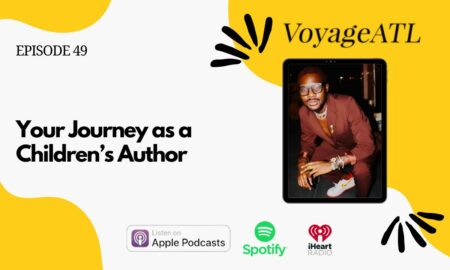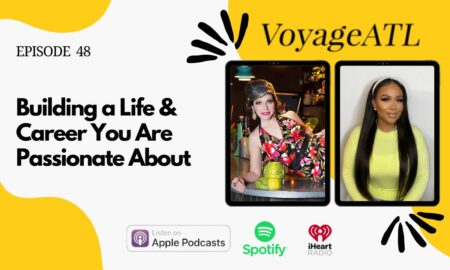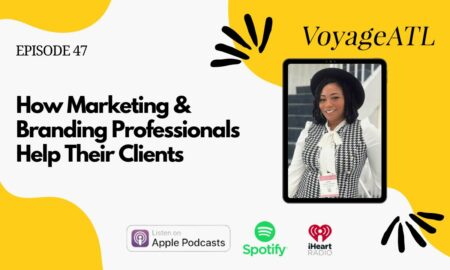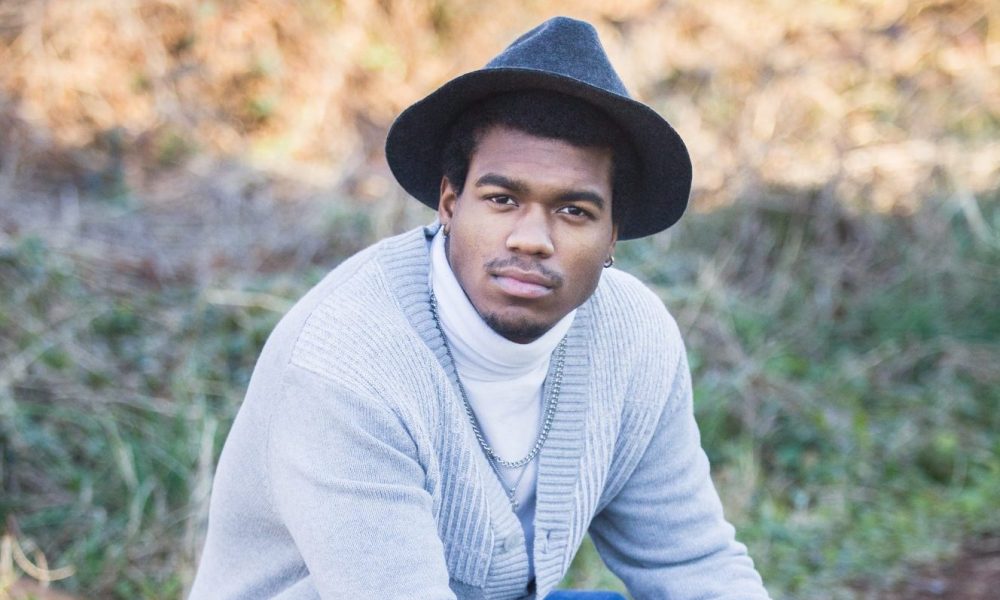

Today we’d like to introduce you to Brandon Alston.
Hi Brandon, we’d love for you to start by introducing yourself.
I grew up in a small, predominantly white private school. It was an intimate environment and my mother was already working there when she was pregnant with me. I was born into this community that loved and supported me. Through my experience of acting in our class play every year, I became a good public speaker. We spent a lot of time outside in the woods around my school so I never wore nice clothes, always something I could play in. When I would tear my shirt playing, I would take it to the handwork teacher to help me sew it back together. I had viola lessons every week and I practiced every day. It wasn’t until years later in high school, when I started playing travel baseball on a predominantly black team that I realized most other kids who looked like me did not have those same experiences growing up. “You must not be from Atlanta, where you grow up?” “No, I was born here.” “Really? you don’t talk like it” “Yeah, my mom worked at a private school” “Oh, that makes sense.” Like clockwork, I had this conversation with each new team I played on.
There is a stigma among black people that you never want to be the whitest black person in the room, and I always was. It seemed like the way I spoke–my use or lack thereof of slang and tone–had excluded me from my own race. It wasn’t that hiding these markers of whiteness became easier, but performing blackness became easier. I studied hip-hop and street culture; it was like an acting role for me. I was learning how to play a black man around his own kind. Eventually, it became second nature, switching between my two personalities for whatever the situation called for. After that, no one ever saw me as anything other than what I wanted them to. I thought I had finally mastered this double-consciousness that Du Bois speaks of. Last summer brought a unique opportunity. Through the perfect storm of atrocities–that was COVID – 19, the murder of George Floyd, Breonna Taylor, and so many other innocent black people–there was a positive outcome. The anger and boiling emotions that emerged while being quarantined at home fostered resolve and rebellion within hundreds of thousands across the world.
The Black Lives Matter movement has never seen support of this magnitude from such a diverse crowd. The day after George Floyd was murdered, I was protesting in front of Governor kemp’s mansion in Atlanta, Georgia where I live. Both sidewalks of the street were packed with people, those of us protesting on one side and those with badges on the other. For hours we chanted and yelled at the beefed-up, militarized action figures occupying the Governor’s front lawn. A few of us had been arrested already: a girl playing Djembe drum, a biker trying to protect her, and a man stepping into the street. The National Guard had been called in to provide crowd control support; a veritable army stood before us. Tensions were high. As another fight broke out between the protesters and police and an order was given and all of the police, all of the National Guard removed their helmets, put them down, and put on their gas masks. They charged out of the gate towards us, Rubber bullets hitting the trees behind us.
By the time you hear a gun fire the bullet has already made contact; however, a rubber bullet is much larger and slower. It flies just slow enough for you to see a streak through the air; just slow enough for me to watch it hit the gentlemen in the front and knock him to the ground. Initially, we dispersed and ran, but our organizers gathered us back and we kneeled with our hands up, facing our adversaries. As the words “hands up, Don’t shoot” left my mouth, again and again, my mind wandered to how many out here for the first time were fearing the people intended to protect us, as so many of us did on a daily basis. I spent the rest of my summer in the streets. I probably went to 20+ protests all over Georgia everything from Athens to downtown, to my own neighborhood in Clarkston. I grew up protected and privileged I was lucky enough to go to a school that believed heavily in the arts and started my passion for acting. Now as a young black actor I haven’t had many role models in my field you just didn’t see that many movies or tv shows staring black cast as I grew up. Luckily that is beginning to change and I want to be apart of that change. It’s my dream to inspire other young black boys and girls through my acting and art so they don’t have to wait as long to see a superhero or a president or a good guy on tv that looks like them.
I’m sure you wouldn’t say it’s been obstacle free, but so far would you say the journey have been a fairly smooth road?
As a black man in America, you face struggles in every aspect of your life. There are always going to be people that judge you for the way you speak and dress or where you come from. We often have to work twice as hard to be recognized or respected in our fields. What always held me back the most was the fear of being myself around everyone. I had to adjust my dialect and clothing depending on who I was hanging out with, which meant I was never advocating for myself fully. What makes me unique is my upbringing and experiences; its what inspires my style, my art and my mannerisms. As an actor, you are the CEO, CFO, Head of Marketing, and the product of the business that is yourself; no one is going to work harder than you to make your company goals happen. If I’m to afraid to promote myself to everyone because of what they might think, my career will never take off.
As you know, we’re big fans of you and your work. For our readers who might not be as familiar what can you tell them about what you do?
I am a model, actor, and activist with the goal to empower black youth and share the black experience. I believe the only way to solve the complex systemic inequity we face today is with an intersectional approach to looking at these issues; I try to use my art to show the absurdity of the black experience in America. I spent most of the last summer protesting and documenting my experiences facing the armed National Guard, traveling on a Good Trouble bus ride from Atlanta to Louisville, and running from rubber bullets in front of the Governer mansion. This year I took my self-reflections and everything that I had learned and I started writing essays on what my eyes had been opened to along with what research stemmed from it. From there I started making my own content that began with a monologue from the perspective of the personified character of Death examining what his job in America had become. It’s Death going into his boss’s office to quit his job because he no longer was willing to pick up littered black bodies from the street like the garbage man. I wrote and filmed my monologue to be my first work that combines my passions for activism and acting for a complete digital portfolio of all my works relating to acting modeling, activism, or the intersectionality between them. I am a multi-hyphenated artist doing my best to change the world by always being my most authentic self.
What’s next?
Now that I am in college I have a lot more resources and support for my work. I have more access to equipment and others interested in creating as well as classes and resources for getting better. I will be able to act through the College of Charleston but the school also offers opportunities to spread my network as an activist as well. I am an executive board member and the Director of Communications for the Black Student Union on campus and my honors writing class was the perfect chance to create and launch my website Brandonalston.com which is the complete portfolio of my work. I am really excited about my upcoming artist project and entrepreneurial project. The artistic one is a spoken word about the buildings, scholarships, and awards named after racists leaders and their effects on the students of color around campus.
Most colleges in America have some of these ill-named things and charleston has begun the process to changes these names and I wanted to write a spoken word with a video explaining how being forced to walk past these monuments put students back in a time of fear and hatred unnecessarily. My other project is more business-related but it still comes from my modeling and dedication to being my true authentic self. Growing my school was heavily arts-based and that includes all mediums: woodwork, viola, painting, drawing, knitting, sewing we learned it all. I have been hemming and preparing my pants for years and I thought if I can do that why not alter clothes to fit my out-there unique style. Most of my clothes come from thrift shops anyway and now I started making really one-of-a-kind pieces. I’m at the point where I have too much clothing in my closets and I’m buying clothes faster than I am getting rid of them so I’m going to start selling my thirfted altered clothes from a company I want to call Black Boys Closet.
Contact Info:
- Website: https://www.brandonalston.com
- Instagram: https://www.instagram.com/birthday_boy_brandon/








 Image Credits:
Image Credits:
Main photo + photo #1 – Lindsey Lingenfelter
Photo #2 – UGA The Red and Black
Photo #3 – Justin Miller
Photo #4 + photo #5 – Indira porter
Photo #6 + photo #9 – Jill Hendrix
Photo #7 – Demanti O’Bryant
Photo #8 – Jesse Donk-Rains

